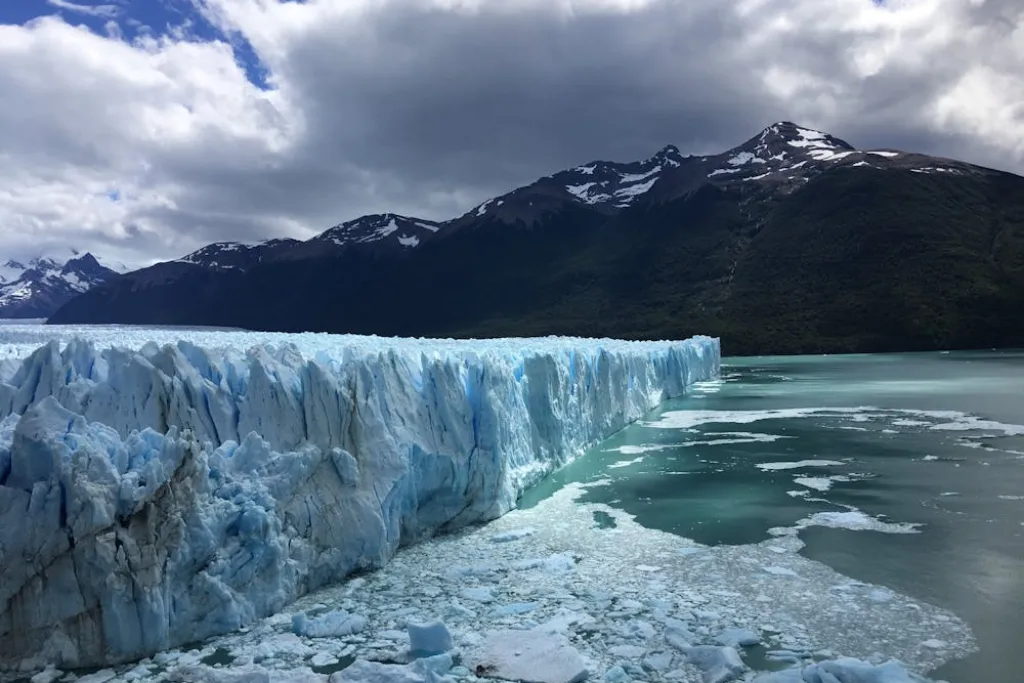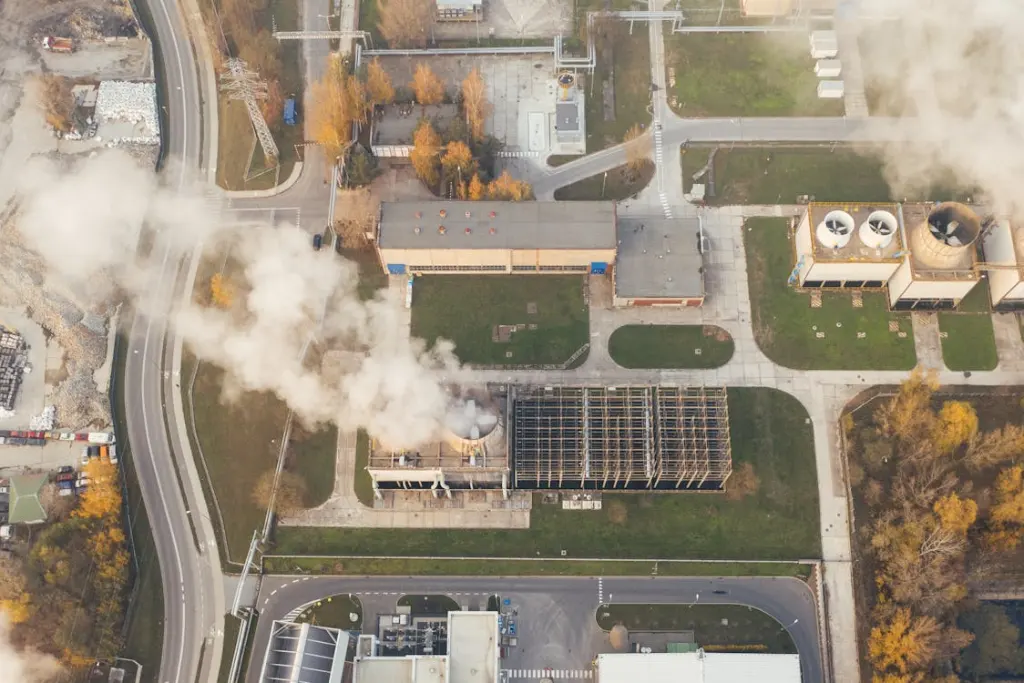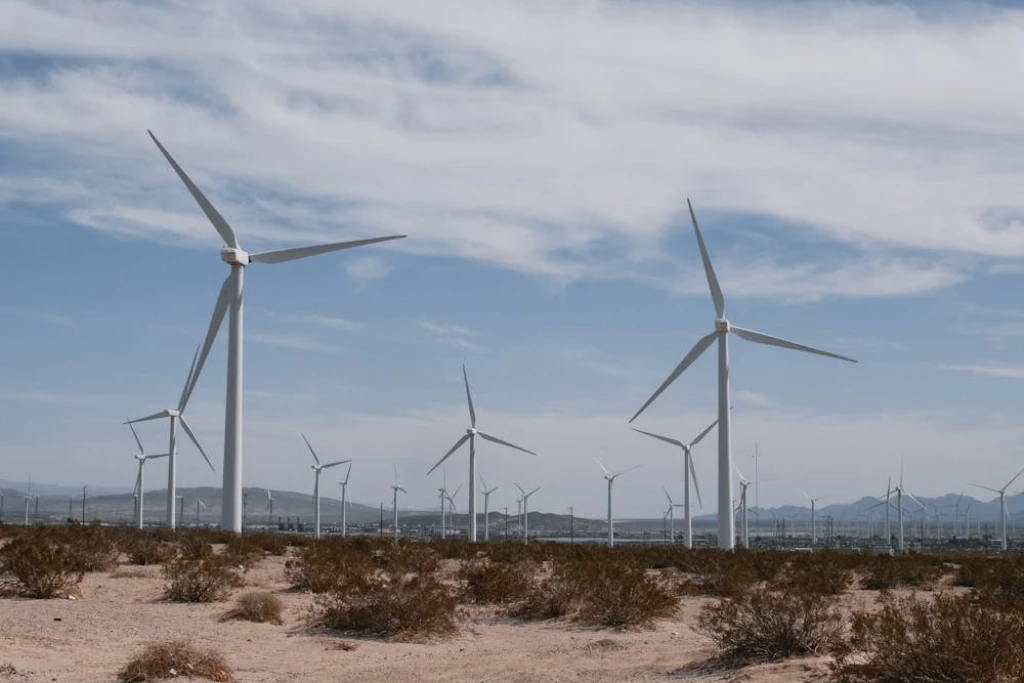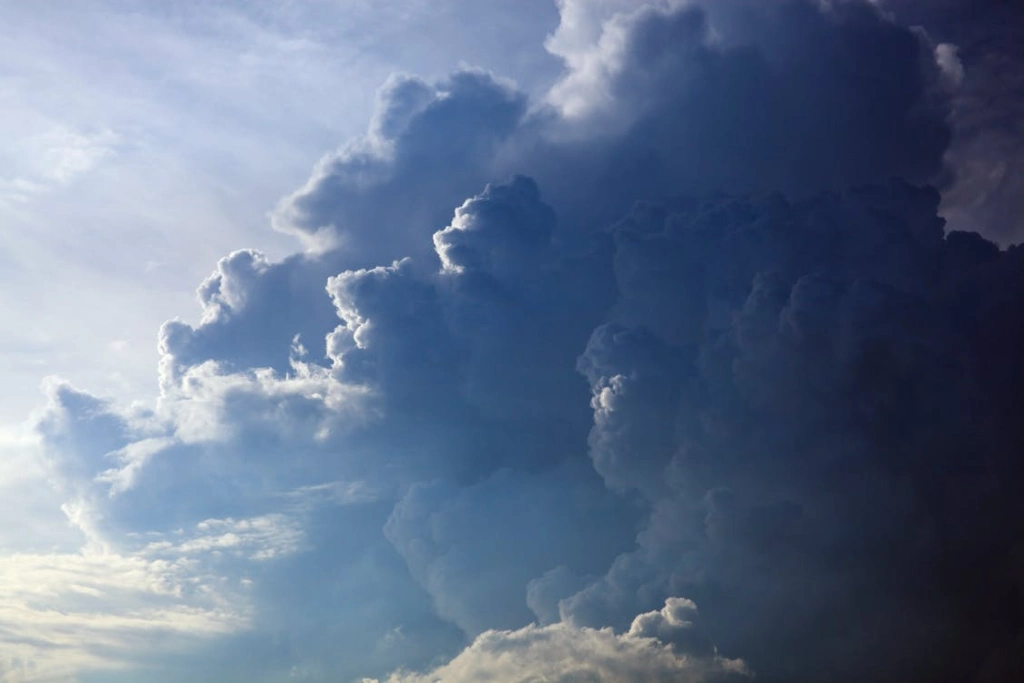The earth we live on is changing dramatically.Searing heat waves engulf areas not used to such extremes, and oncefrozen landscapes are melting at startling speeds.The narrative of climate change is no longer limited to scholarly publications; it is developing in real time, on all continents, and in ways that are visible and palpable to everybody.
1. The Poles Issue A Warning About Melting Ice
The Arctic and Antarctic are frequently referred to as Earth’s “climate canaries” since they are the first to warn of problems.Glaciers and ice sheets are melting more quickly than ever before due to rising global temperatures.
Arctic Sea Ice Decline: Since 1980, the amount of summer ice cover has dropped by about 40%.
Sea Level Rise: Every year, billions of tons of water are added to the oceans by melting ice, endangering coastal populations and raising sea levels.
Impact on Wildlife: Many species are in danger of extinction as a result of the loss of vital habitat for seals, polar bears, and penguins.
Realization: Melting ice alters ocean currents and weather patterns globally, proving that what occurs in the poles does not stay there.
2. Heat Waves: Extreme Heat Becomes The New Normal
The planet’s hottest regions are growing hotter—and more hazardous—while the coldest regions see their ice melting.
Record-Breaking Temperatures: Unprecedented summer highs are hitting cities across North America and Europe.
Health Risks: Dehydration, heatstroke, and higher death rates are caused by heat waves, particularly in susceptible groups.
Economic Costs: Burned crops, increased energy need for cooling, and stressed infrastructure are all problems for agriculture.
Fact: In many cities, temperatures are several degrees higher than those in the surrounding areas due to urban heat islands, which are created when heat is trapped by pavement and buildings.
3. The Connection Between The Two
Climate change is a systemic transformation, not only a result of heat waves or ice melting.Warming is accelerated when ice melts because darker ocean water absorbs more sunlight. Heat waves, droughts, and storms are exacerbated by warmer air and oceans.
4. Indications In Daily Life
The impacts can be seen even far from the poles:
The winters are milder and shorter.
The summers are hotter, longer, and frequently accompanied by strong storms.
Water supply, wildlife migration, and agriculture are all being impacted by changing seasonal patterns.
5. Actions We Can Take
Even when the changes seem overwhelming, they can be stopped. Some effects can be slowed or even reversed by group activity.
Reduce Carbon Footprint: Make the switch to renewable energy, cut back on driving, and develop energy-saving practices.
Safeguard Natural Ecosystems: Grasslands, wetlands, and forests control the climate and store carbon.
Support Climate Policy: Encourage investments in renewable energy, emission caps, and conservation initiatives to support climate policy.
Concluding Remarks
Our planet is changing due to things like ice caps melting and intense heat waves.These changes serve as clear reminders that climate change is a real problem that is occurring right now.The good newsEvery decision we make and every solution we put into practice moves us closer to a more secure and livable future.




